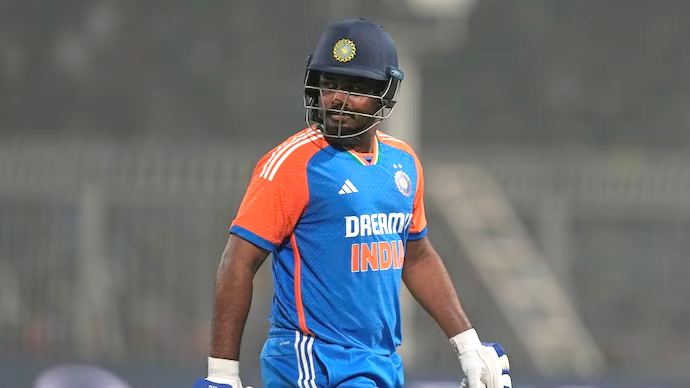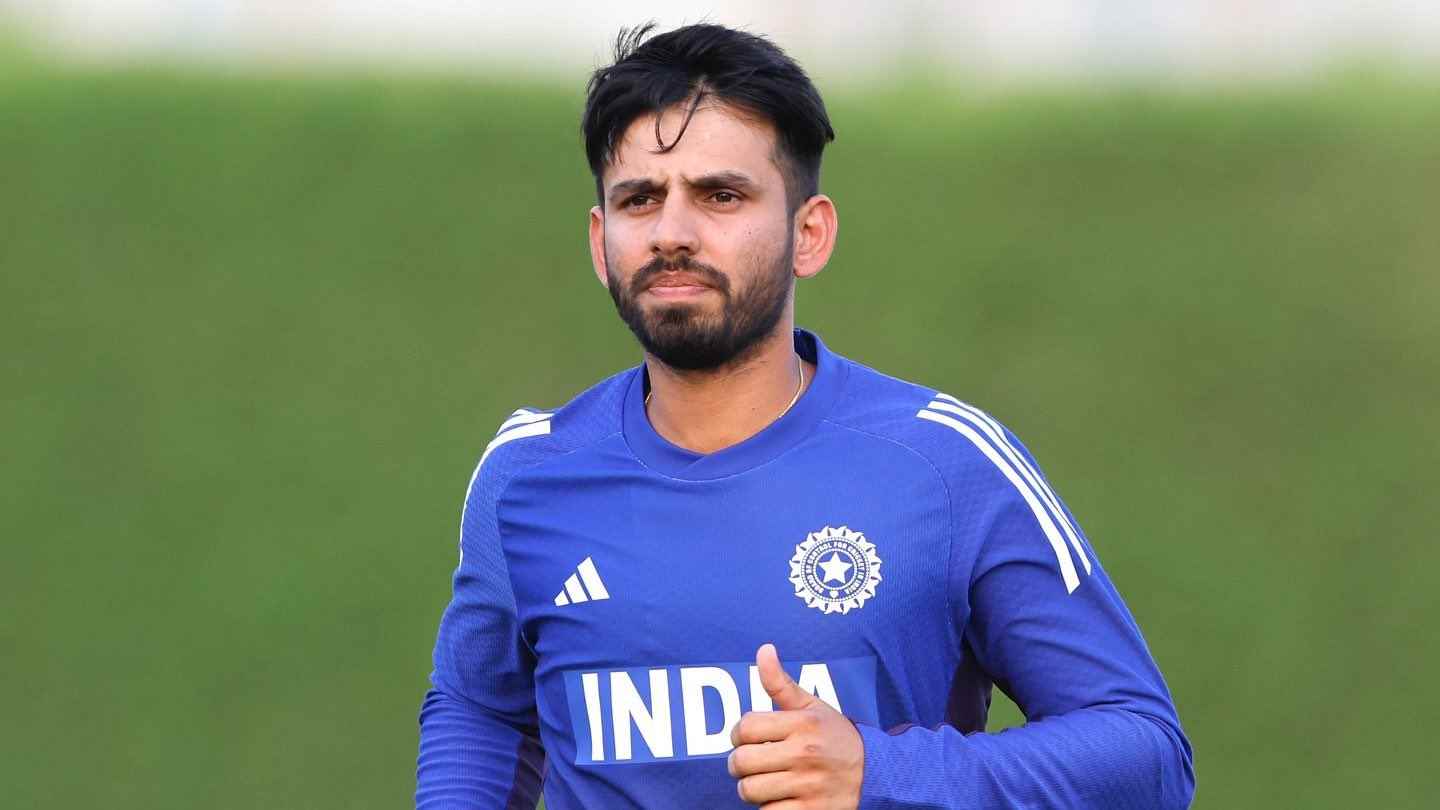Who should keep wickets for India in Asia Cup 2025 Final — experienced Sanju Samson or death over specialist Jitesh Sharma?

The Asia Cup 2025 Final is around the corner, and India once again face a familiar selection headache. Who should don the gloves and take the crucial wicketkeeper-batter role? Sanju Samson brings with him experience, flair, and a reputation built over years in the IPL, while Jitesh Sharma has carved his identity as a fearless finisher, someone who thrives exactly in the middle-order situations that India often struggles with.
In high-stakes matches like the final, the choice between experience and role-specialization can decide the outcome. Let’s take a closer look at both players and their suitability for the role.
Sanju Samson: The experienced name with middle-order struggles
Sanju Samson has always excited fans with his stroke-making and ability to play eye-catching innings, showing his class in the IPL and on the international stage, with knocks like his century against South Africa highlighting his potential. Behind the stumps, he is reliable, with years of experience as a wicketkeeper, making him an obvious choice on paper.
However, his numbers in the middle order tell a different story. Batting between positions four and seven in T20Is, his average is 21.1 and strike rate sits at 124.7, compared to an average of 30.6 and a higher strike rate of 168.3 at the top of the order.
Even recently, his middle-order innings have lacked fluency; his 56 off 45 against Oman raised questions about his ability to finish games, and aside from a 39-ball 74, he has often looked uneasy and short of confidence. The middle-order role does not seem to suit him naturally, and in the final, India cannot afford to take that risk.
Read More: Is Sanju Samson’s game suited for the middle order in T20 cricket?

Jitesh Sharma: The natural middle-order finisher
If Samson looks out of place in the middle order, Jitesh Sharma seems made for it. Almost his entire career, in domestic cricket and the IPL, has been spent batting at positions four to seven. He has built a reputation as a finisher who thrives under pressure, coming in when the team needs a late flourish or recovery after a collapse.
Jitesh consistently reads situations well, picks the right bowlers to attack, and finds boundaries at crucial moments, with a T20 strike rate well above 150, bringing the fearless intent India often lacks in the lower middle order. What makes him even more valuable is that he is not just a big hitter. He understands angles, targets specific areas, and adapts quickly to game situations.
In the IPL, he has often changed the tempo of matches in just a few overs. While he may not have Samson’s international experience, his skill set suits India perfectly at No. 5 or 6. In a world where teams have power-hitters like Tim David, Romario Shepherd, and Will Jacks, Jitesh offers the finishing firepower that can put India on par with the best T20 sides.
Read More: Asia Cup 2025: Sanju Samson or Jitesh Sharma: Who makes the cut in India’s XI?

India’s T20 philosophy and the bigger picture
One of the biggest shifts in India’s T20 approach has been the focus on specialization. Selectors back players tailored for specific roles: Suryakumar Yadav at No. 3, Tilak Varma in the middle order, Hardik Pandya as a finisher-allrounder, and Varun Chakravarthy as a format-specific bowler. In this setup, it makes little sense to persist with Samson in a role that doesn’t suit him. Choosing a specialist like Jitesh Sharma fits perfectly with India’s T20 philosophy.
Conclusion
The decision between Sanju Samson and Jitesh Sharma comes down to experience versus a specialist. Samson has the bigger name and flashes of brilliance, but his struggles in the middle order are clear; he is more suited to the top order than finishing high-pressure innings. Jitesh Sharma, meanwhile, is a natural fit, with a fearless approach, proven finishing ability, and a strong understanding of batting at No. 5 or 6, making him the more logical choice.
For the Asia Cup 2025 Final against Pakistan, India should back Jitesh Sharma as the wicketkeeper-batter. It would be a bold call, but one that fits into India’s broader T20 vision and gives them the late-order firepower they desperately need. If the top order fails, Jitesh is the kind of player who can take the game away single-handedly, and that is exactly the kind of X-factor India might require to bring the trophy home.
Read More: Suryakumar Yadav’s average & strike rate see remarkable dip since assuming captaincy

